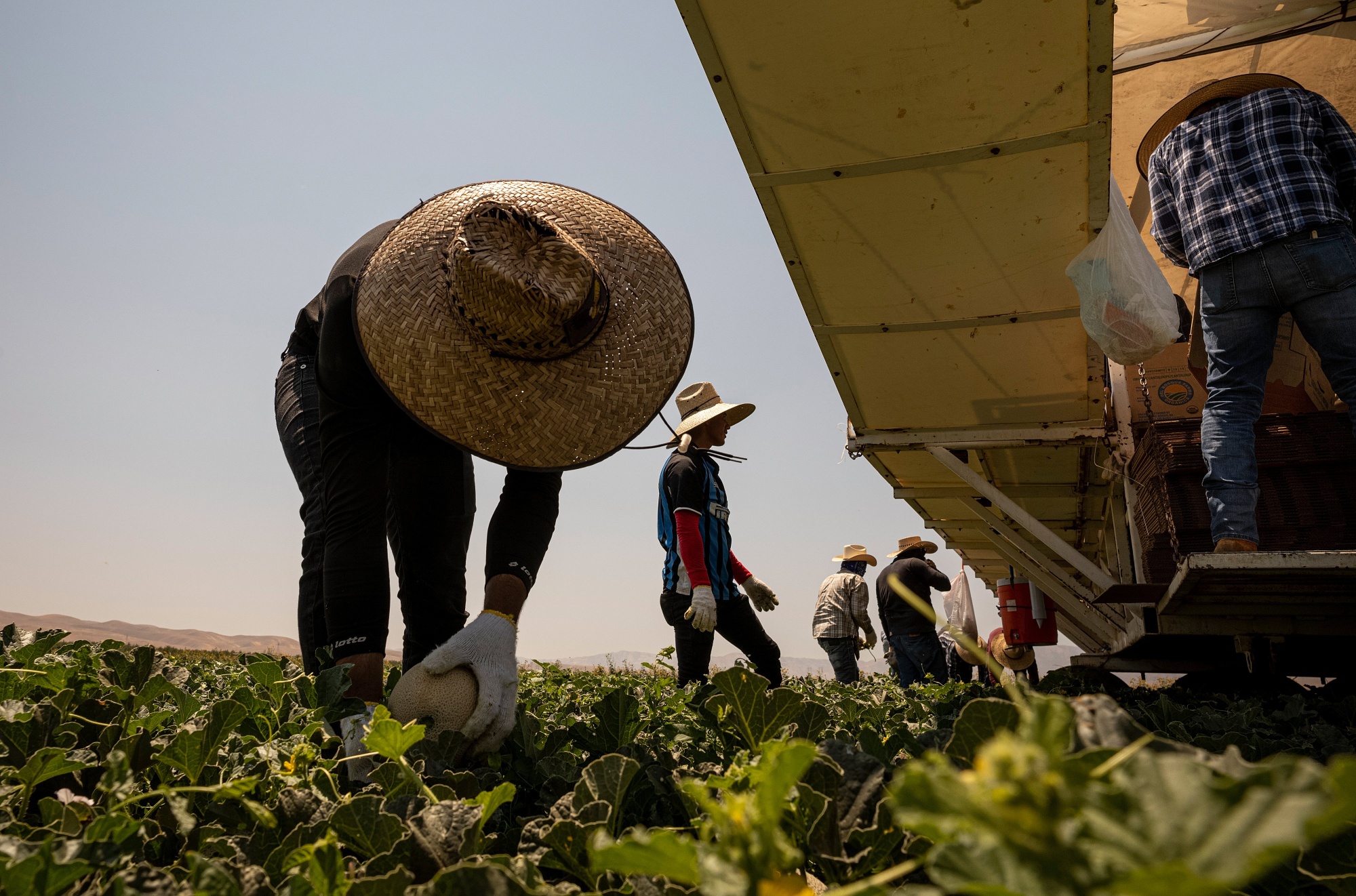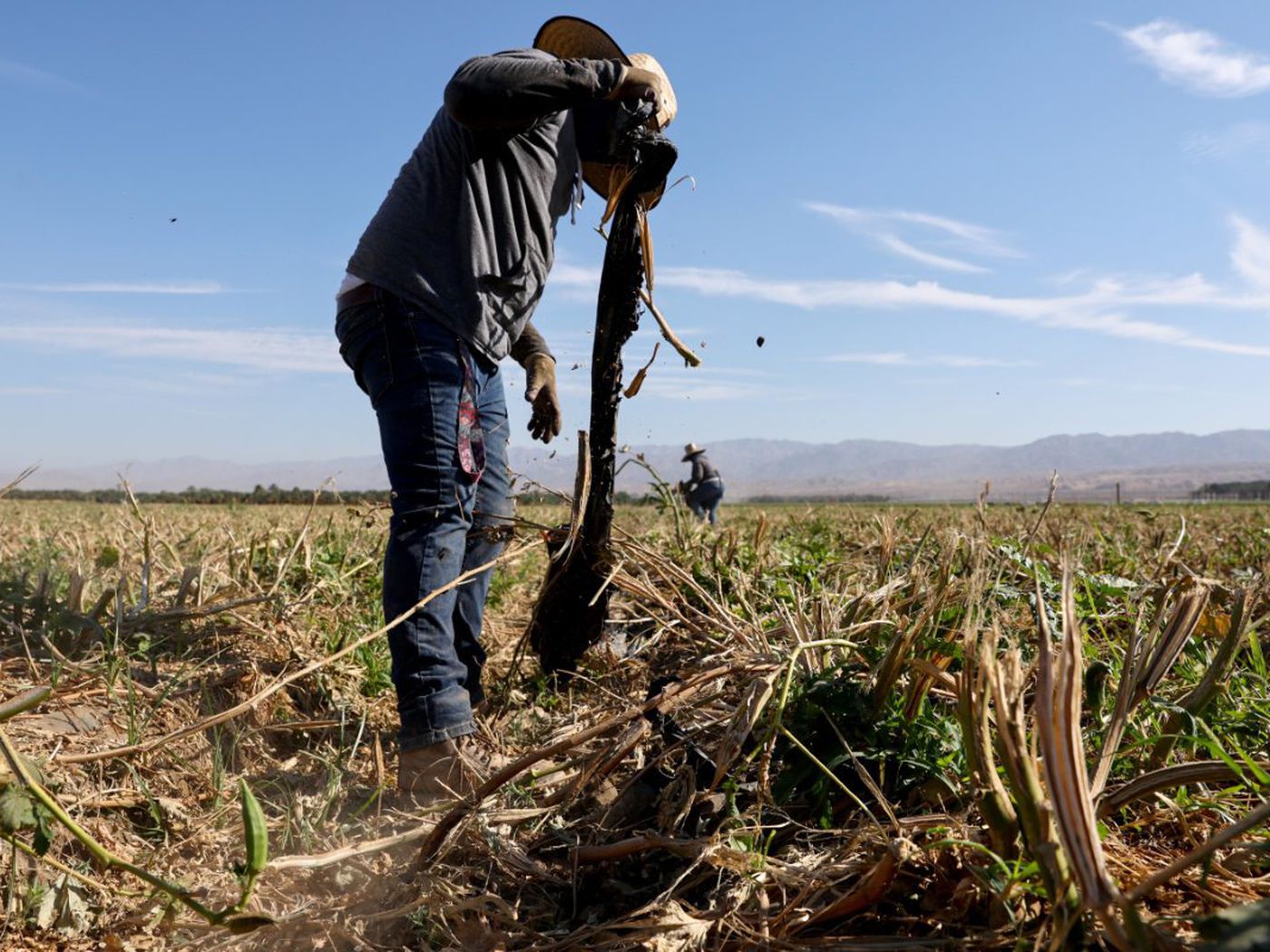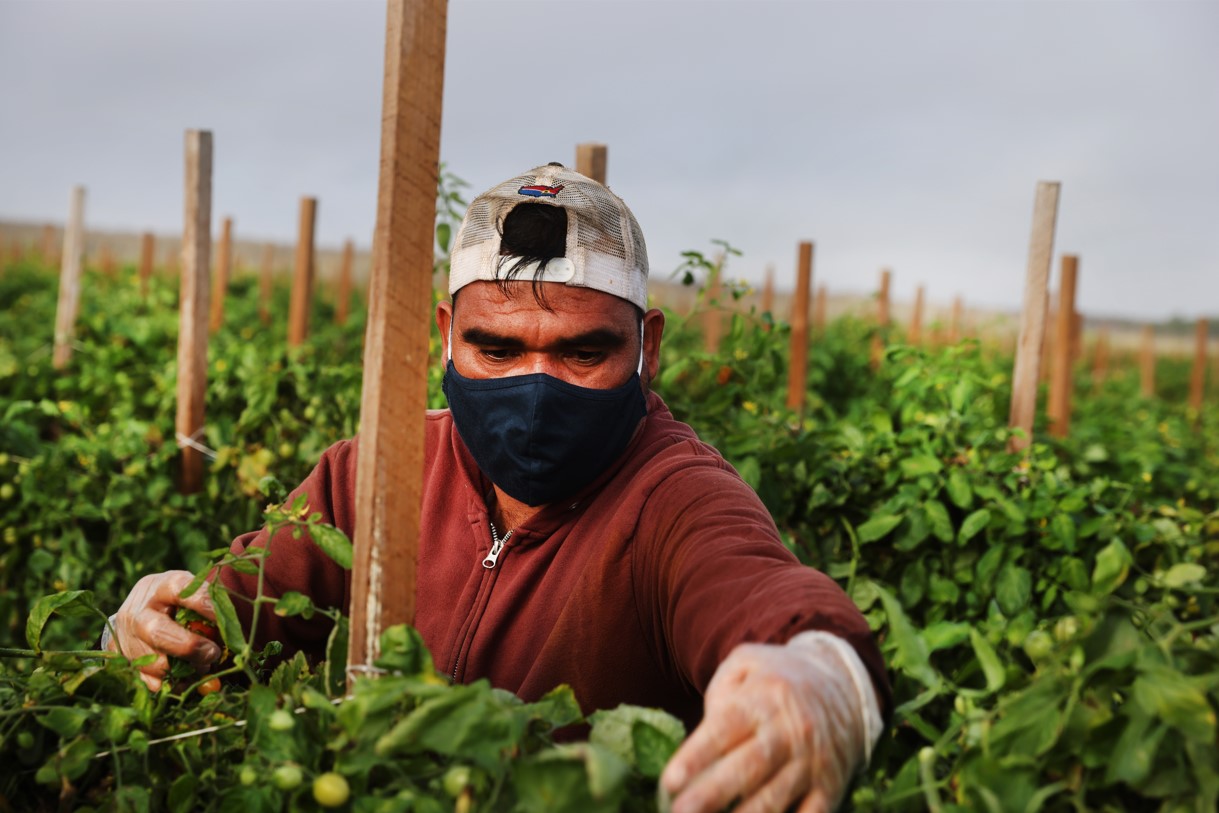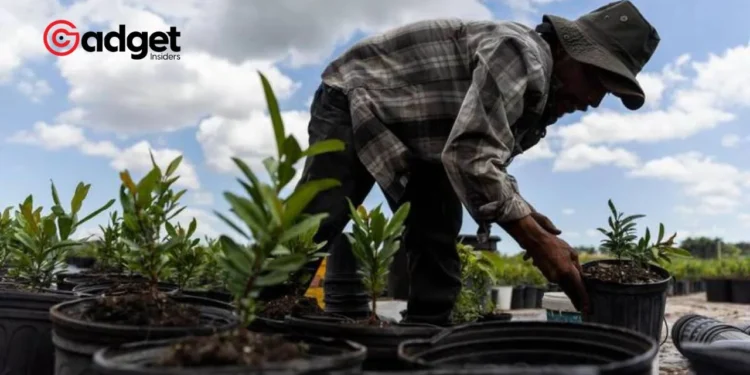As the sun intensifies its blaze over Florida, a new law signed by Governor Ron DeSantis casts a long shadow over the state’s outdoor workers. This legislation effectively prohibits local governments from implementing their own rules to shield workers from the severe Florida heat, which has been climbing to record highs. This decision comes at a critical moment, just as summer approaches, bringing with it potentially the hottest season recorded in the state’s history.
In Miami-Dade County alone, where about 300,000 outdoor workers are based, there was a strong push for essential protections including paid rest breaks, ample water supply, and access to shade.
These measures were set to be discussed and possibly implemented to offer relief to workers who spend their days under the relentless sun. However, with the state’s preemptive action, these local initiatives have been halted.

The State vs. Local Control: A Battle Over Worker Safety
“It’s outrageous that the state legislature will override the elected officials of Miami Dade or other counties that really recognize the importance of protecting that community of workers,” expressed David Michaels, an epidemiologist and former administrator at OSHA.
This sentiment captures the frustration felt by many activists and workers in Miami-Dade following the withdrawal of the proposed local heat protection rule.
Governor DeSantis, defending the statewide bill, remarked that concerns were primarily coming from Miami-Dade and did not reflect a statewide issue. This statement has sparked further debate about the balance between state-wide policy uniformity and local needs.

Florida: The Real Impact on Workers
The human cost of this legislative action is stark. Workers like Lupe Gonzalo, who have endured the brutal summer heat picking tomatoes, share harrowing tales of heat exhaustion, cramps, and even hospitalizations among their colleagues.
“Without water, without rests, without shade, the body of a worker—it resents it,” Gonzalo reports, highlighting the dire conditions faced without adequate protections.
Similarly, Samuel Nava, a landscaper, recalls incidents of coworkers collapsing due to heat-induced ailments, underscoring the everyday risks that come without proper safeguards. These stories provide a human face to the statistics and underline the urgency of the issue.
Florida's ghoulish governor blocks heat protections for workers. https://t.co/t5TKFkWQet
— Lesley Abravanel 🪩 (@lesleyabravanel) April 13, 2024
A Patchwork of Protections: National and Local Efforts
Nationally, there is no concrete regulation that dictates when it becomes too hot to work, despite rising temperatures and increasing heat-related injuries and fatalities across the U.S. In states like California and, more recently, Washington and Oregon, steps have been taken to establish protective measures for outdoor workers.
These efforts have shown positive outcomes, such as a decrease in heat-related workers’ compensation claims in California.
However, Florida’s new law mirrors a similar legislative move in Texas last year, aiming for statewide consistency over local adaptability. This has raised concerns about the effectiveness of a “one-size-fits-all” approach in a state as climatically diverse as Florida.

The Road Ahead: Adaptation and Resilience
While state and federal entities move slowly, local communities and organizations are not standing idle. The Fair Food Program, led by the Coalition of Immokalee Workers, exemplifies how community-driven initiatives can fill the gap left by governmental inaction.
Through agreements with major buyers like Walmart and Chipotle, this program ensures that agricultural workers receive necessary protections dictated by the prevailing heat conditions.
As Florida braces for another scorching summer, the debate over heat protections continues to simmer. With more hot days ahead, the urgency for effective and inclusive solutions has never been more apparent.
The state’s outdoor workers, whose labor underpins key sectors like agriculture and construction, find themselves at the forefront of a heated debate that could determine their health and safety in the face of rising temperatures.
The conversation around heat safety in Florida is not just about weathering this summer but setting a sustainable precedent for the future.










